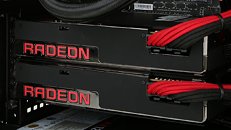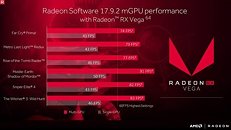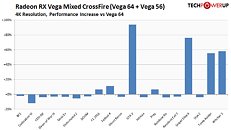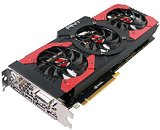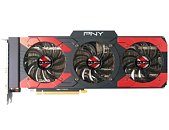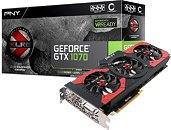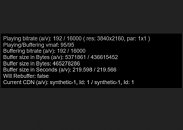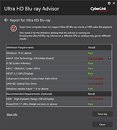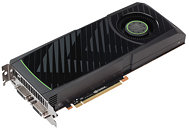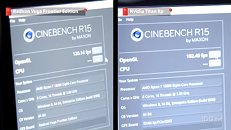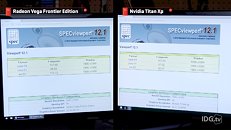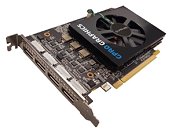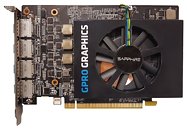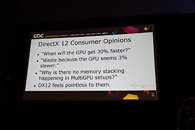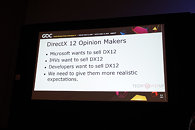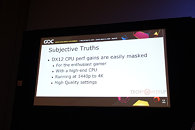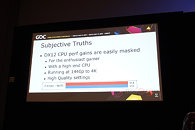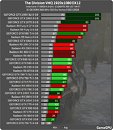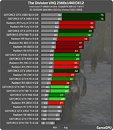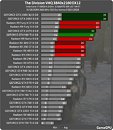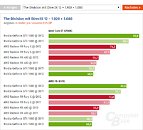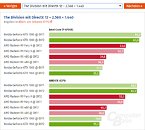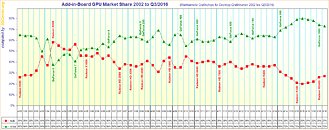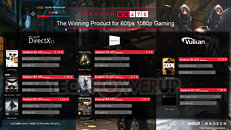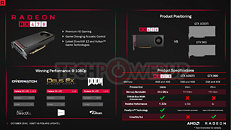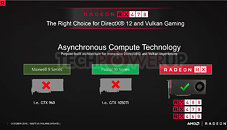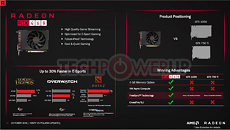
Futuremark Releases 3DMark v2.4.3819 with "Time Spy Extreme" Benchmark
Futuremark today released the latest update to the 3DMark graphics benchmark suite. Version 2.4.3819, released to the public today, introduces the new "Time Spy Extreme" benchmark for machines running Windows 10 and DirectX 12 compatible graphics cards. With a rendering resolution of 4K Ultra HD (3840 x 2160 pixels), the new benchmark applies enough stress to put today's 4K UHD gaming PCs through their paces. You don't require a 4K monitor to run the test, however, your graphics card must feature at least 4 GB of video memory.
Time Spy Extreme also comes with a new CPU benchmark that is up to 3 times more taxing than the older CPU tests. It can take advantage of practically any number of CPU cores you can throw at it, and benefits from the the AVX2 instruction-set. "Time Spy Extreme," isn't available on the free version of 3DMark. You will require at least 3DMark Advanced, with a license purchased after July 14, 2016, to get it as a free upgrade. The update also improves the API overhead tests.DOWNLOAD: Futuremark 3DMark v2.4.3819
The change-log follows.
Time Spy Extreme also comes with a new CPU benchmark that is up to 3 times more taxing than the older CPU tests. It can take advantage of practically any number of CPU cores you can throw at it, and benefits from the the AVX2 instruction-set. "Time Spy Extreme," isn't available on the free version of 3DMark. You will require at least 3DMark Advanced, with a license purchased after July 14, 2016, to get it as a free upgrade. The update also improves the API overhead tests.DOWNLOAD: Futuremark 3DMark v2.4.3819
The change-log follows.










